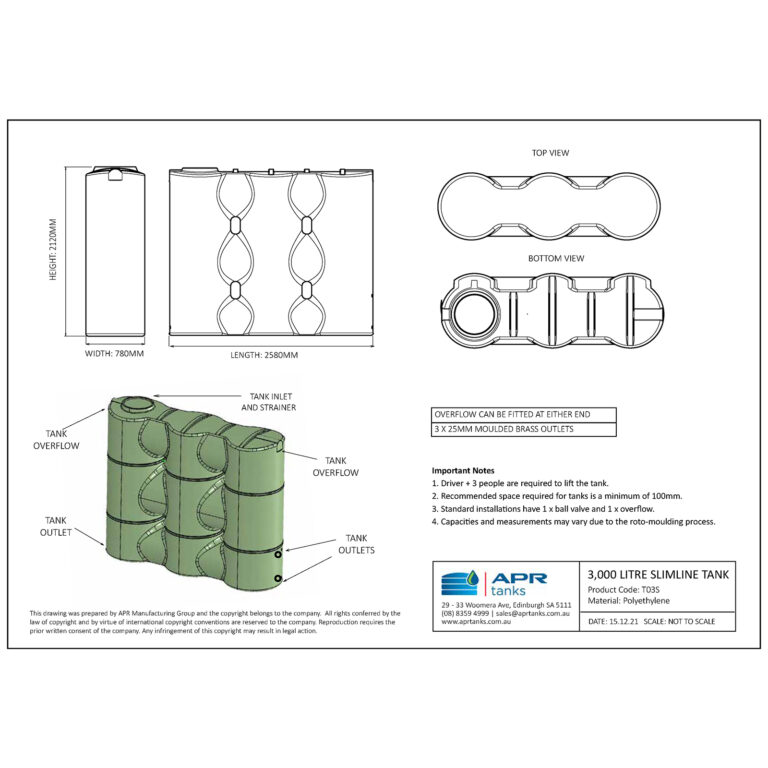Slimline Water Tanks: Elegant and Practical for Modern Houses
Wiki Article
Understanding the Relevance of Rain Containers in Drought-Prone Regions for Water Safety And Security
In areas vulnerable to extended droughts, the function of rainwater storage tanks in boosting water safety and security is a subject of expanding significance. As communities face the obstacles of water scarcity, comprehending the importance of these containers goes past mere collection of rainwater. Rainwater storage tanks act as an important tool in alleviating the impact of water lacks by supplying a lasting source of water for numerous demands. However, real worth of rainwater storage tanks expands much past simple storage space; it incorporates resilience-building actions and the promo of lasting water preservation strategies. This complex strategy to water safety warrants a better assessment of the role rain tanks play in guaranteeing a reputable water system throughout times of drought.Benefits of Rainwater Containers
Using rain tanks uses a lasting option for enhancing water supply and improving water safety and security in domestic and industrial setups. Among the main advantages of rain tanks is their capacity to lower dependence on mains water supply. By catching and keeping rainwater that drops on rooftops, this alternate resource can be made use of for various non-potable purposes such as irrigation, flushing bathrooms, and washing garments. This not just conserves treated alcohol consumption water yet also lowers water expenses for individuals.
Rainwater Harvesting Techniques
Rainwater gathering strategies include an array of methods made to effectively collect and store rain for numerous objectives, contributing to water preservation and sustainability. An additional preferred technique is the use of above-ground or underground storage tanks to keep rain for later use.
Furthermore, rainfall gardens and permeable sidewalks are innovative techniques that include landscape design or paving surfaces in a manner that enables rain to percolate into the ground, replenishing groundwater reserves. In addition, shape farming and terracing are farming practices that assist record rainwater and prevent dirt erosion in hilly terrain. By applying these varied rainwater harvesting methods, neighborhoods can improve water protection and strength in drought-prone areas while promoting lasting water management methods.
Significance of Water Safety
Ensuring trusted access to clean and adequate water sources is paramount for maintaining human health and wellness, economic development, and environmental health. Water security is an important element of social resilience, especially in regions susceptible to droughts and water shortage. Ample water security includes various measurements, consisting of schedule, high quality, and availability of water for residential, agricultural, commercial, and ecological needs.Water security plays an important duty in advertising public health and wellness by decreasing the prevalence of waterborne illness and making certain hygiene facilities. Economically, water safety is necessary for farming productivity, commercial procedures, and general economic growth. Slimline water tanks. Additionally, water security is closely linked to ecological sustainability, as it supports environments, biodiversity, and general ecological click reference balance.
In drought-prone regions, water protection becomes much more essential as a this hyperlink result of the heightened danger of water scarcities. Implementing strategies like rainwater harvesting, water recycling, and effective water administration practices can significantly boost water safety in these locations. By prioritizing water protection, neighborhoods can better stand up to the influences of climate adjustment, populace growth, and various other difficulties that intimidate water availability.
Enhancing Water Durability
With enhancing worldwide water obstacles, constructing strength in water systems has come to be an essential emphasis for sustainable growth initiatives. Enhancing water strength includes carrying out strategies to make sure water availability and top quality despite altering environmental problems, such as droughts, floods, and pollution.One key element of improving water strength is promoting using rain tanks in drought-prone regions - Slimline water tanks. Rainwater tanks function as an efficient ways of recording and keeping rain for later use, reducing reliance on scarce freshwater sources throughout dry periods. By integrating rainwater harvesting systems into water management strategies, areas can improve their capacity to stand up to water scarcity and maintain water security

Lasting Water Preservation
Amidst rising water challenges, the sensible monitoring of water sources with sustainable preservation techniques is crucial for guaranteeing long-term ecological stability and societal health. Sustainable water preservation involves the efficient usage of water sources to satisfy existing requirements without compromising the capacity of future generations to satisfy their very own needs. By applying strategies such as rainwater harvesting, greywater recycling, and water-efficient technologies, communities can lower water wastage and ease pressure on freshwater sources.Moreover, sustainable water conservation techniques contribute to ecosystem wellness by continue reading this keeping ample water levels in rivers, lakes, and wetlands, supporting biodiversity, and maintaining natural environments. These methods likewise play a crucial role in mitigating the impacts of environment modification by helping to adjust to transforming precipitation patterns and water availability.

Final Thought
In verdict, rainwater storage tanks play a critical duty in improving water security and resilience in drought-prone regions. By making use of rainwater harvesting strategies, neighborhoods can lower their dependence on conventional water sources and advertise sustainable water conservation methods. This not only assists reduce the impacts of water shortage during droughts but also adds to long-lasting water safety and security and strength despite climate change obstacles.Report this wiki page